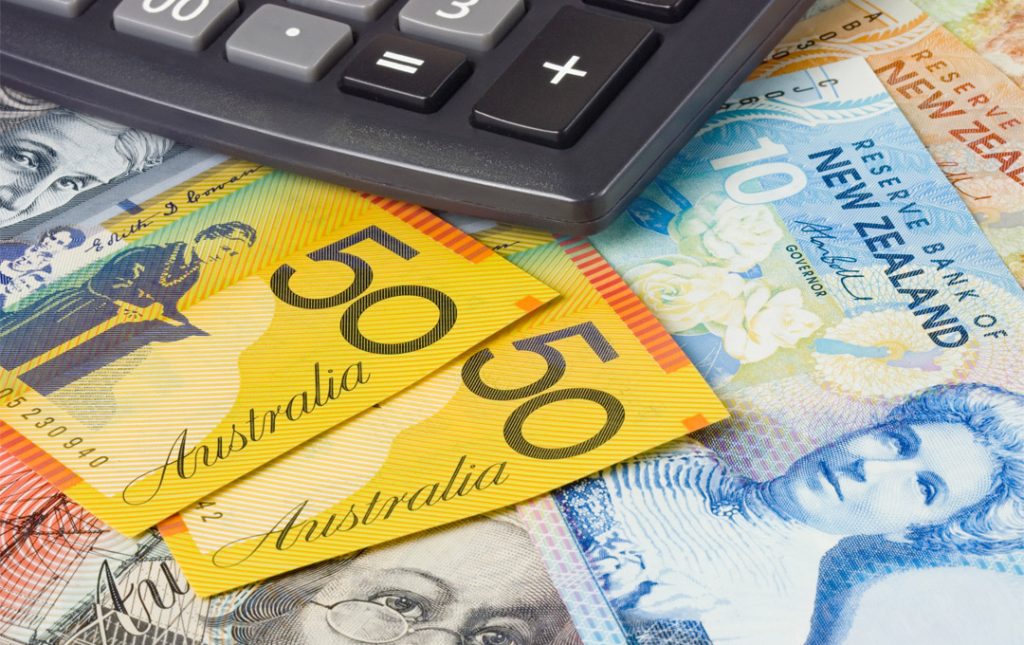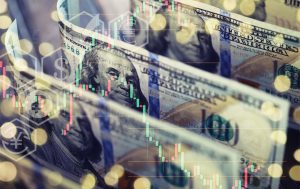Markets opened Tuesday with a cautious yet optimistic tone, as commodity-linked currencies continued their recovery streak while safe-haven flows strengthened amid renewed trade tensions between the U.S. and China.
🇦🇺 Australian Dollar Holds Steady Above $0.63
The Australian dollar hovered above the $0.63 level for a sixth consecutive session of gains on Wednesday. The move was supported by stronger-than-expected economic data from China, Australia’s largest trading partner. This reinforced demand for risk assets and commodities, bolstering the Aussie dollar even as geopolitical uncertainty lingered.
However, the rally’s momentum faced a hurdle after U.S. President Donald Trump ordered an investigation into new potential tariffs on all critical mineral imports—a category that includes several commodities Australia exports but that the U.S. predominantly sources from China. The probe raised alarms over a potential escalation in the U.S.-China trade conflict, dampening bullish sentiment.
Traders now turn their attention to Thursday’s Australian employment data, which could influence expectations around future Reserve Bank of Australia policy moves.
🇯🇵 Japanese Yen Strengthens as Dollar Slips
The yen appreciated past 143 per dollar, recovering losses from the prior session as the U.S. dollar weakened broadly on concerns about the economic fallout of Trump’s protectionist agenda. The greenback’s decline comes amid growing fears that the U.S. could reintroduce sweeping trade barriers, weighing on global sentiment.
The latest jolt came from Trump’s decision to launch a probe into tariffs on critical mineral imports, many of which are sourced from China. Investor anxiety over the repercussions of this move triggered a shift into safe-haven currencies, including the yen.
Meanwhile, domestic data showed an eight-month high in Japanese manufacturing sentiment for April, a welcome sign of resilience. However, Bank of Japan Governor Kazuo Ueda acknowledged the risk from U.S. trade measures, stating that policy action may be necessary if Japan’s economy is impacted. Focus now shifts to upcoming Japan-U.S. trade talks, with Tokyo pushing to remove existing tariffs altogether.
🇳🇿 New Zealand Dollar Eyes Highest Since December
The New Zealand dollar rose to around $0.590, marking its seventh straight day of gains and nearing its highest level since early December 2024. The Kiwi has benefitted from both improved risk sentiment and strong Chinese data, with China also being New Zealand’s largest trading partner.
Risk appetite was further supported as Trump signaled a potential delay in auto tariffs, while temporarily suspending some tech-sector duties. That said, caution persists following the U.S. Commerce Department’s new national security investigations into semiconductors and pharmaceuticals—a step that could pave the way for broader trade restrictions.
Attention now turns to Thursday’s Q1 CPI data from New Zealand, with expectations of a slight increase in annual inflation to 2.3%. Last week, the Reserve Bank of New Zealand cut its cash rate by 25bps to 3.5%, and markets are currently pricing in further easing to 2.75% by autumn.
🧭 Summary:
- AUD supported by China’s upbeat data but vulnerable to U.S.-China mineral trade tensions.
- JPY gains on safe-haven flows as Trump tariffs stir global concern.
- NZD rallies on risk-on tone, Chinese resilience, and delayed U.S. auto tariffs.
- U.S. Dollar weakens across the board as protectionist policy fears escalate.
- All eyes now on key data releases and U.S. trade rhetoric ahead of critical central bank meetings.



